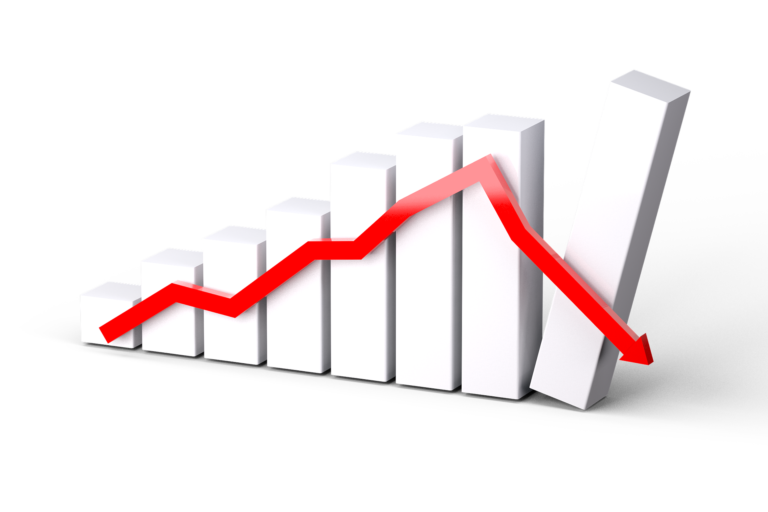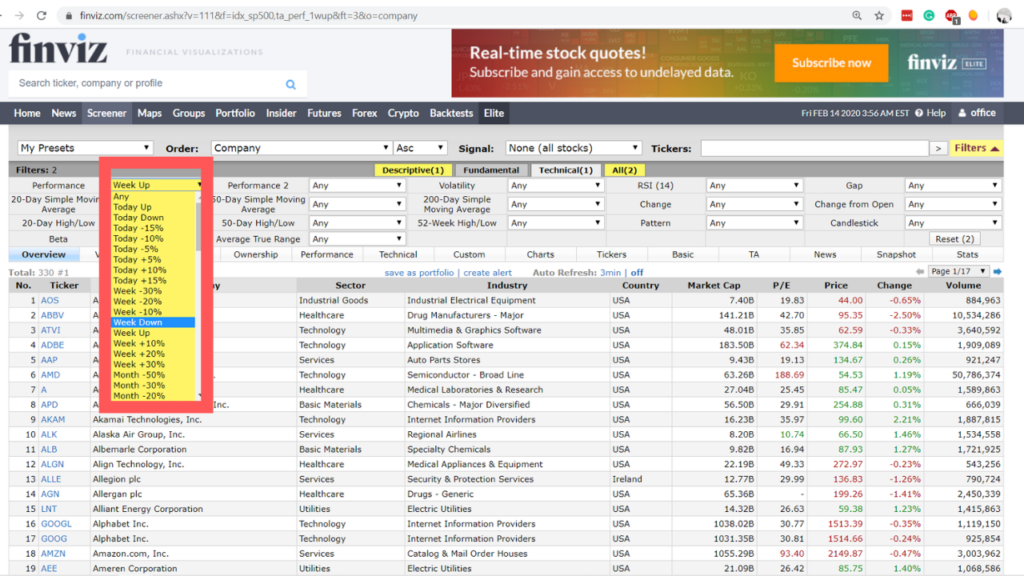Stop Loss Order and the Problem of Price Gaps
- Von Thomas

A stop loss order can lull us as traders into a false sense of security. Stops are by no means the guaranteed price mark at which we exit a trade. This is especially obvious in the stock markets, as these markets are closed overnight and over the weekend.
These closed markets create gaps in the chart, so-called gaps. And these price gaps are of course counterproductive for our stop.
One of the causes of large price gaps, which make the stop then like to waste are the quarterly and annual reports (English “Earnings”) of companies and this topic we want to take in succession.
The stop and the gap...
As the word quarterly report already suggests, this is an event that occurs every 3 months.
Profits, sales and many other interesting company data are presented to the public and an outlook on the further business development is given.
And in the process, the proverbial groundhog says hello every 3 months. Things and the whole process, which can also be described as a circus, repeat themselves.
First, already a few days or weeks before the report, analysts start publishing their forecasts for company XYZ. As is usually the case, there are different views on how good or bad the figures will be.
A consensus is almost never foreseeable, which is logical, because otherwise stock market trading would practically come to a standstill. If everyone had the same opinion, there would be no buyers and sellers on the markets, and so people are often divided.
Prices respond to these forecasts by settling somewhere around a consensus. Of course, there are thousands of reasons why stocks fluctuate every day, even though the media often tell us the one reason why the markets went up or down today.
In terms of quarterly reports, what this means now is that the market has a certain average expectation of what numbers will be announced. And if the company misses or exceeds those numbers, it can cause extreme swings in share prices.
With regard to our stop, this is relevant in several respects. Firstly, due to the increased volatility, the risk of slippage increases dramatically. Again, the larger the average trading volume, the lower the slippage.
But even with the largest companies in the world, such as Apple or Microsoft, slippage can occur. However, this does not explain the problem of gaps, because it usually has another cause.
Quarterly reports are traditionally published before or after the stock markets open. The reason for this is presumably that companies want to give analysts time to study the figures in peace and not be distracted by open markets and fluctuating share prices.

Most of the quarterly reports are published after trading hours. You can follow this ritual very nicely if you sit in front of your computer from around 10:00 p.m. onwards. A few minutes after the close, the first figures appear on the ticker.
At first, it is usually data such as “Earning per Share” (earnings per share), Revenues (sales), Net Profit (net profit). And then there are the first price swings. Immediately afterwards, however, the average expectations of the analyses are set against them by the media.
Then it is sometimes said “Microsoft beats estimates…”. (Microsoft beats analysts’ estimates) or “McDonalds misses on Profit” and so on and so forth.
This again leads to sharp swings in the “Extendet Trading Times”, which is a kind of off-exchange trading time. And then at some point, after there have been sharp swings, prices really stand still, but continue to run in the minds of the professionals (the institutional market participants).
Until finally, the next day, the first “pre-market prices” come across the ticker (pre-exchange trading). Until finally, at the start of the official stock market trading, the gap (the price gap) is perfect. And our stop?
This is, of course, wastepaper. The stop was skipped. And if we now recall that a stop triggers a sell order, which in turn is executed “perfectly”, one can easily add 1+1 together.
And to top it off: not only my stop is skipped but many others as well. Thus, in addition to the gap, there is an order backlog.
Until it is my stop order’s turn to be executed, it can take time. Many want to get out of their trades and the “first come, first serve” principle also applies here.
The high selling pressure and the presumably lower buying interest in such a situation do the rest to get a bad order execution price.
But the mess could have been prevented. The gap is realized, the stop is torn and the losses are horrendous. How this could have been prevented, we now look at.

No trading via quarterly reports
For these reasons, the trader who is positioned for only a few days should pay attention to quarterly reports. Because – no matter whether and which stops one uses – these reports break the price patterns that we trade.
The advantage that I have laboriously worked out with a good entry, that is of course gone with such a report. Traders trade effects. Patterns. Exaggerations. Anomalies.
But these exaggerations must take place just before the entry and justify the trade and thus trigger it. They must not surprise the trader while he is positioned.
Therefore, a trader would do well not to hold open positions on quarterly reports. Or even better. A trader should not even start a trade if there is such an event within the planned holding period.
And to filter these quarterly report data, there are several possibilities
Search on the company homepage
All large corporations (blue chips) have an online investor relations section. There you can find all the information that is of interest to shareholders.
This includes old reports (annual and quarterly reports for download) and relevant company dates. The date of publication of the next quarterly report is also certain to be found here.

Online search on financial sites
On financial portals such as Yahoo you can also find quarterly reports – databases.
Or on earnings.com, if you trade mainly in the USA.
Search in shares screeners
The best and easiest option are free stock screeners such as finviz, where you can even find a separate selection for “Earnings Date” (i.e. date of quarterly report).
Conclusion Stop Setting and Risk Management
A stop is not risk management
All of what has been said so far shows impressively that a stop loss is not risk management.
This becomes particularly clear in connection with the stop loss and the quarterly reports. Because of a quarterly report, a stop can simply be skipped, which often leads to horrendous losses. This could easily be avoided if a trader does his homework and does not hold a trade on a quarterly report.
Of course, gaps can always occur. Even out of nowhere. When a profit warning is unexpectedly published or when an analyst upgrades or downgrades a stock. Of course, there is no 100% protection against gaps.
But you can reduce the risk significantly if you at least pay attention to these company reports. But of course a successful trader needs to know much more. We offer this know-how in the form of our free trading newsletter service. You can register right here.




